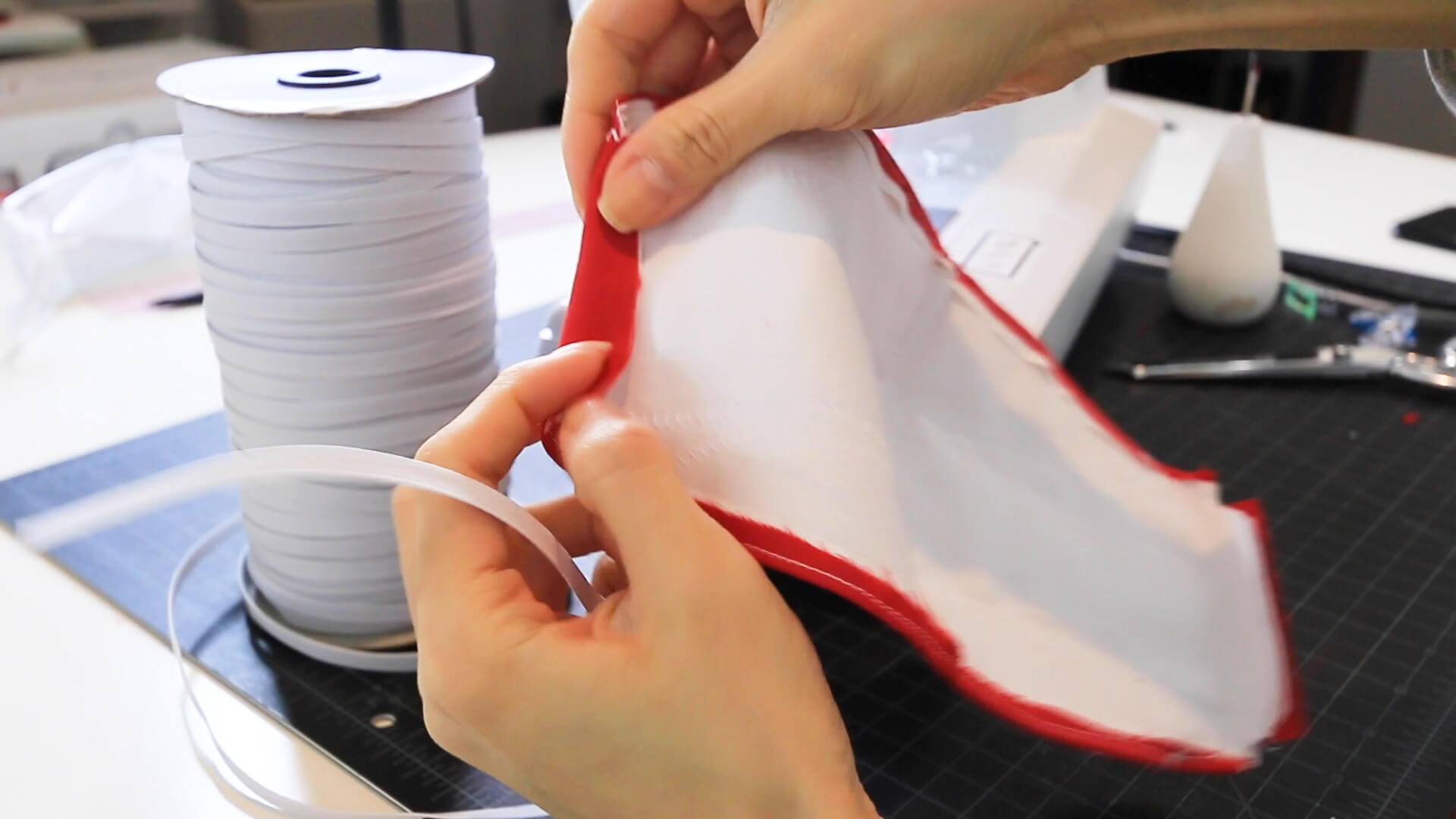While cloth masks are reusable, they still have to be regularly cleaned. Not only is it hygienic to sanitize your respirator, but it’s also necessary to avoid spreading the virus.
You may get lucky with a quality Teflex cloth face mask or have to settle for cotton and canvas. Regardless of which, all these masks all require similar careful handling and sanitization procedures. Do you know the right way to handle and sanitize a reusable mask?
Remove Your Mask
Taking off your respirator is just as crucial as owning and wearing one. It would help if you minimized contact with the mask to avoid infecting or re-infecting yourself. Sanitize your hands for 30 seconds or wash it thoroughly with soap for a few minutes.
You should now remove the mask using the straps and one finger, and place it in a resealable bag. Seal the bag, sanitize or rewash your hands, and finally store or wash it.
Wash Your Mask
While some people don’t wash their respirator immediately after use, the CDC says “wash after every use.” Different materials respond to sanitization attempts differently. Whereas ultraviolet sanitizers damage cotton respirators, Teflex cloth face masks are not so damaged.
Always ensure your fabric’s good condition after washing by looking for holes by holding them up to a light source. If there is any such damage, replace the mask immediately.
Washing Machine
You don't just toss your mask in any machine; there are also standards and safety precautions you need to observe. Most detergents will do the job, but you need 160⁰F to obliterate COVID-19.
If your washing machine's hot-water cycle only reaches 120⁰F, you can use a heat dryer to complete the job. Also, use a laundry mesh bag to handle the mask and add some laundry booster to be safe.
Hand washing
You can hand wash your respirator if you don’t have access to a safe washing machine. Before doing the washing, though, you must first boil the mask with hot water and detergent. Now scrub the respirator for a minute, soak again for 30 minutes, and finally rinse repeatedly.
Try Bleach
When it comes to disinfecting facemasks, more is always better. Be careful when combining bleach with hot water since the mixture can be corrosive. Also, rinse it thoroughly after you use bleach.
Dry and Store Your Mask
Use heat dryers and air dryers to clean your fabric respirator. Don’t attempt any sun-drying. Dry it in a clean, enclosed space and place it in a sanitized resealable container. It’s essential to avoid cross-contamination and ensure sterilization after you wash it.
Other Options?
Alcohol isn’t ideal for sanitizing your mask in any concentration. While microwave does work, you may be at risk of cross-contamination when you also put food in it. Only UV-C wavelength works on COVID-19, and it isn't easy to get the mask’s entire surface. Detergent and hot water is the best way to sanitize your cloth respirator.
Final Thought
Stay away from the microwave if you aren’t using resistant materials like Teflex cloth face mask. Also, replace your face cover if you notice any damage from your sanitization like holes. Finally, handle the respirator carefully and sanitize your hands immediately after.


